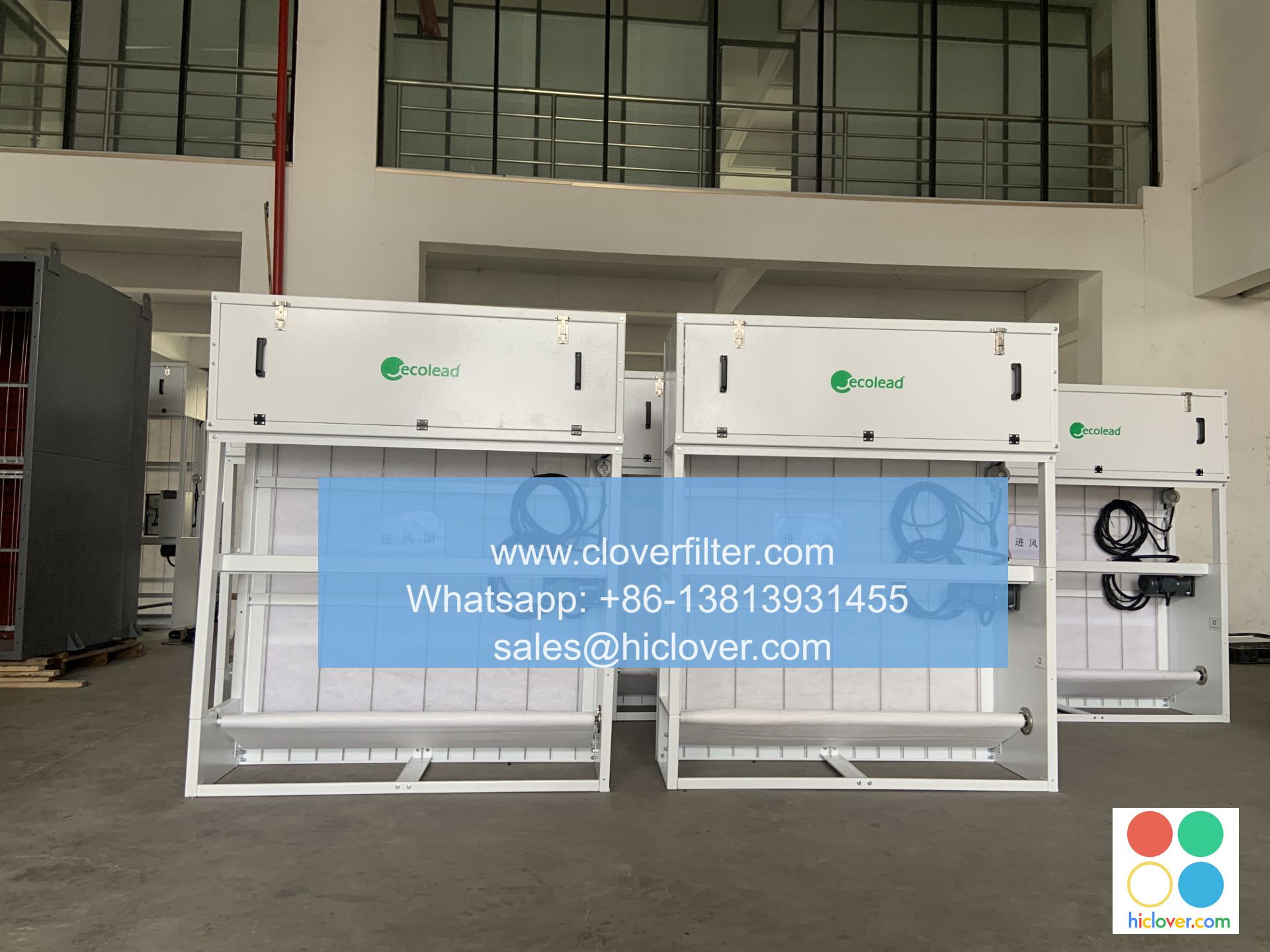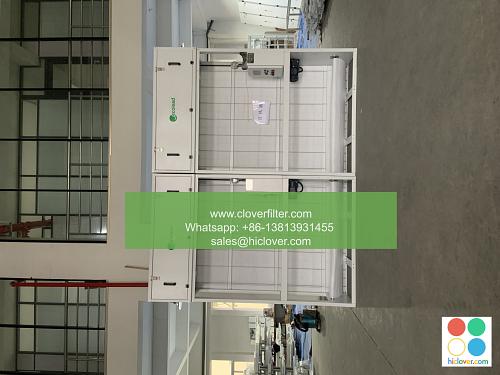Air Flow and Filtration Characteristics of Automatic Roll Air Filters in Cleanrooms

Cleanrooms are controlled environments that require precise control over temperature, humidity, and air quality to minimize contamination and ensure the quality of products. One crucial component in maintaining the cleanliness of these environments is the air filtration system, particularly Automatic Roll Air Filters. These filters play a vital role in removing airborne contaminants, thereby safeguarding the integrity of processes and products within cleanrooms. This article delves into the air flow and filtration characteristics of Automatic Roll Air Filters, highlighting their applications, benefits, and the significance of their integration into cleanroom design.
Principle of Operation and Filtration Characteristics
Automatic Roll Air Filters operate on a simple yet efficient principle. They consist of a roll of filter media that unwinds automatically as the leading edge becomes saturated with contaminants. This continuous process ensures that the air passing through the filter always encounters a clean section of the media, maximizing the capture of particles and minimizing pressure drop. The filtration characteristics of these filters are defined by their efficiency in capturing particles of various sizes, their ability to handle different air flow rates, and their resistance to airflow (pressure drop). High Efficiency Particulate Air (HEPA) filters and Ultra Low Penetration Air (ULPA) filters are commonly used in cleanrooms due to their high filtration efficiency, capturing 99.97% and 99.999% of particles as small as 0.3 microns, respectively.
Air Flow Characteristics
The air flow characteristics of Automatic Roll Air Filters are critical in cleanroom applications. These filters are designed to maintain a consistent air flow rate, ensuring that the cleanroom environment remains stable and contamination-free. Factors influencing air flow include the filter’s face velocity, the size of the filter, and the differential pressure across the filter. Proper sizing of the filter is essential to ensure that it can handle the required air flow without excessive pressure drop, which could lead to increased energy consumption and reduced filter life.
Applications of Automatic Roll Air Filters in Cleanrooms
Automatic Roll Air Filters find applications in a variety of cleanroom settings, including:
– Pharmaceutical Manufacturing: To maintain a sterile environment for the production of medicines, ensuring compliance with regulatory standards such as those set by the FDA.
– Electronics Manufacturing: For the production of sensitive electronic components where dust and other airborne particles could compromise product quality.
– Biotechnology Research: To protect sensitive biological materials and experiments from contamination.
– Hospital Operating Rooms and Isolation Wards: To minimize the risk of infection and ensure a sterile environment for surgical procedures and patient care.
Benefits and Challenges
The integration of Automatic Roll Air Filters into cleanroom designs offers several benefits, including reduced maintenance compared to traditional filter systems, consistent air quality, and the potential for energy savings due to lower pressure drops. However, challenges such as ensuring the filter’s compatibility with the specific cleanroom application, managing the filter’s lifespan, and integrating the filter system with existing cleanroom infrastructure must be addressed. Regular maintenance and monitoring of the filter’s performance are crucial to optimize its operation and extend its service life.
Future Directions and Innovations
The development of Automatic Roll Air Filters is an ongoing process, with research focused on improving filtration efficiency, reducing energy consumption, and enhancing the automation and monitoring capabilities of these systems. Innovations such as nano-fiber filter media, advanced filter cleaning technologies, and integrated IoT (Internet of Things) sensors for real-time performance monitoring are poised to further enhance the role of Automatic Roll Air Filters in maintaining and improving cleanroom environments.
In conclusion, Automatic Roll Air Filters are a critical component of cleanroom technology, offering efficient and consistent air filtration that is essential for a wide range of industries. By understanding their air flow and filtration characteristics, and considering their applications and benefits, facilities can better design and manage their cleanroom environments to meet stringent quality and regulatory standards. As technology continues to evolve, the role of Automatic Roll Air Filters in cleanrooms will likely expand, driving innovations in air purification and contamination control.

